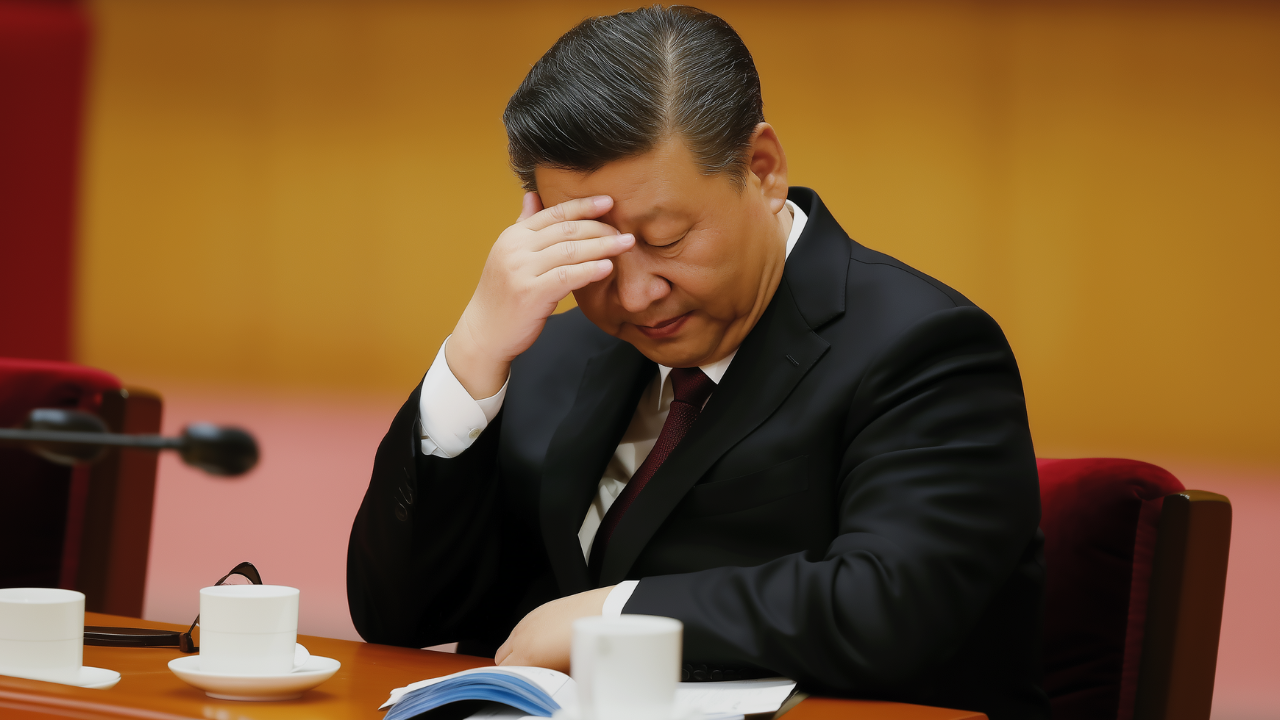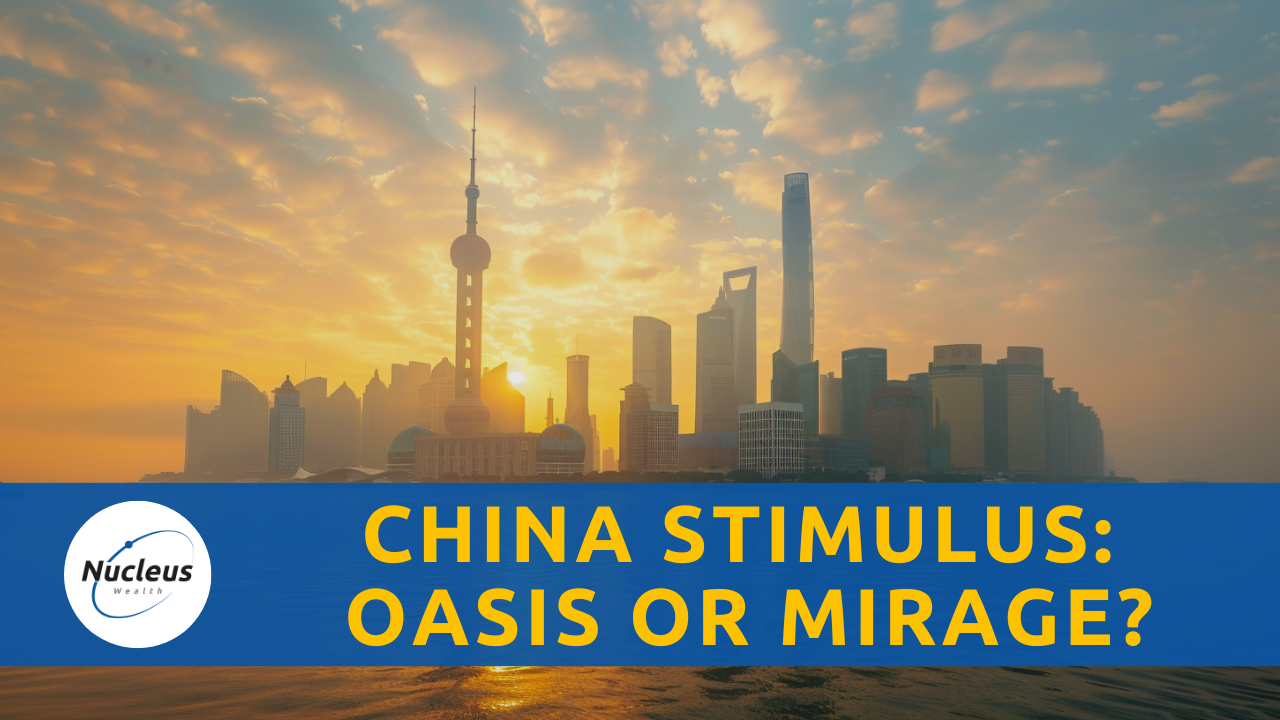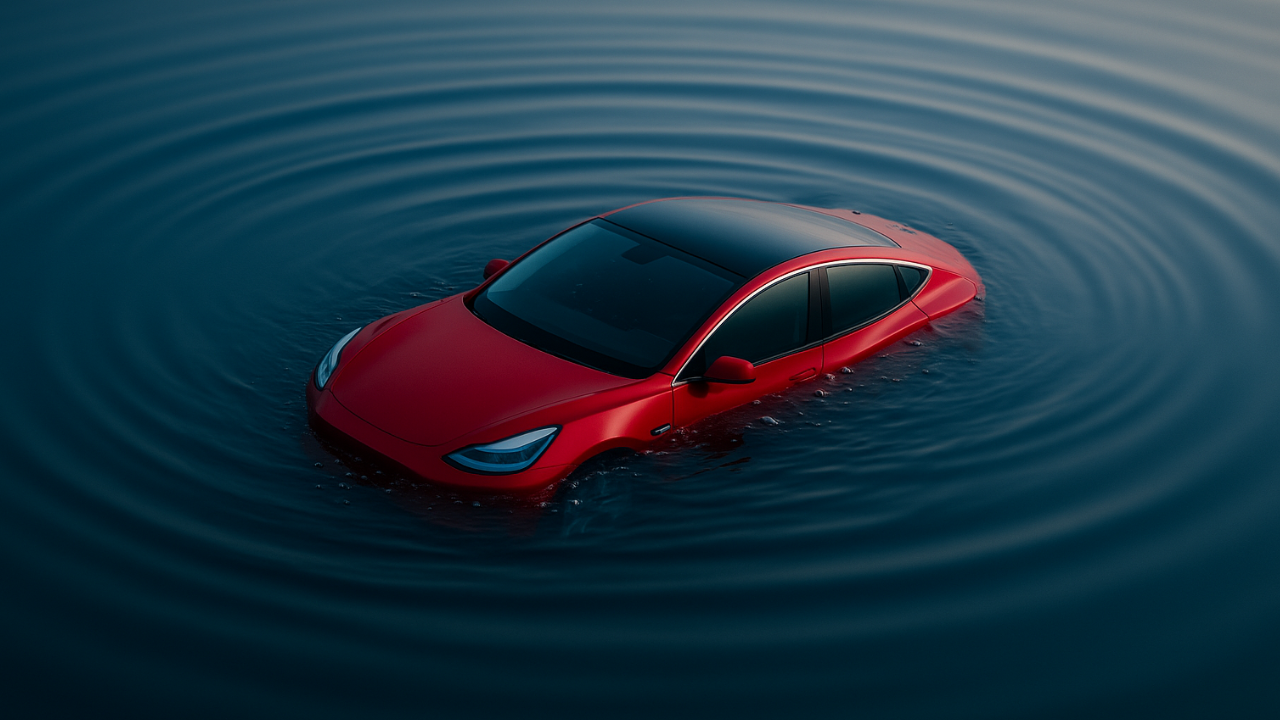Ripple Effect of Chinese EV Overinvestment
China’s aggressive push into electric vehicles (EVs) is reshaping far more than the car industry. What began as a strategy to dominate global EV production is now rippling through energy markets, commodity demand, electricity grids, and even agriculture. The overcapacity being created in China is not just about cars—it’s about industrial policy, global competition, and the future of energy.
Strategic Playbook: From Solar to EVs
China has been here before. In solar panels, state-backed subsidies allowed producers to manufacture at a loss, achieve massive scale, and undercut global rivals. The same template is unfolding with EVs.
Local officials encourage production with cheap land and tax breaks, while GDP accounting quirks incentivise output regardless of profitability. For Beijing, cars are too strategic to ignore: they provide jobs, industrial leadership, and even a defence fallback, as car factories can be repurposed in wartime. Unlike Western governments, China is willing to endure short-term losses to secure long-term dominance.
The New Auto Race
EVs are simpler to build than internal combustion engine (ICE) cars, lowering barriers for new entrants. In China, hundreds of manufacturers—from carmakers to former phone companies—have launched models, sparking fierce domestic price wars. Excess capacity is increasingly directed abroad, raising trade tensions as Europe and the US deploy tariffs and protective policies.

Meanwhile, global EV adoption keeps accelerating. Costs have dropped as batteries get cheaper and production scales. EVs now make up more than 20% of new car sales worldwide, with Europe leading near 30%. The economics are compelling for high-mileage drivers, while branding and lifestyle still drive many purchasing decisions.
Resources and Infrastructure Under Pressure
Global Lithium Demand

The EV surge is transforming other sectors. Lithium demand has soared, with Australia a key supplier. Forecasting prices is difficult. If supply grows at 25% and demand at 30% then prices boom. The other way around and prices bust. The key to Lithium is not getting carried away in the extremes. Sub $10,000 a ton and new projects will dry up, eventually leading to higher prices. $30,000 a ton+ and supply will increase faster than demand.

On the energy side, change is afoot. A full US transition to EVs over the next 30 years or so is manageable with steady investment in solar and batteries. A 1-2% growth per annum in electricity production would be enough to cater for EV demand. The reason? Efficiency gains are striking: EVs convert energy to motion three to five times more effectively than gasoline engines, which lose most of their energy to heat and friction.
However, the wildcard for energy is data centres. If the electrical demand from data centres is as significant as some suggest then they will compete with EVs for new electrical capacity:

Data centres are growing from a low base, but in some advanced economies, they account for up to a quarter of new consumption growth. And there are regional problems emerging. Combined with EVs, this will require sustained expansion of grid capacity.
Agriculture, too, is feeling the impact. In Brazil, as EVs displace ethanol use, land may shift from biofuels back to food production, potentially easing pressure on crop prices.
Risks and Opportunities
For investors, traditional automakers look increasingly fragile. Tariffs, politics, and the threat of driverless technology cloud the outlook. Many trade at very low valuations, while luxury brands like Ferrari escape by leaning on scarcity and status.
The safer play for us is in the surrounding ecosystem—companies that build renewable energy, batteries, and transmission infrastructure. As with solar panels, China’s EV overinvestment could destabilize competitors, but it will also accelerate the global transition. The question is no longer whether EVs win, but how fast—and who survives the fallout.
Watch the Full Podcast Here:






